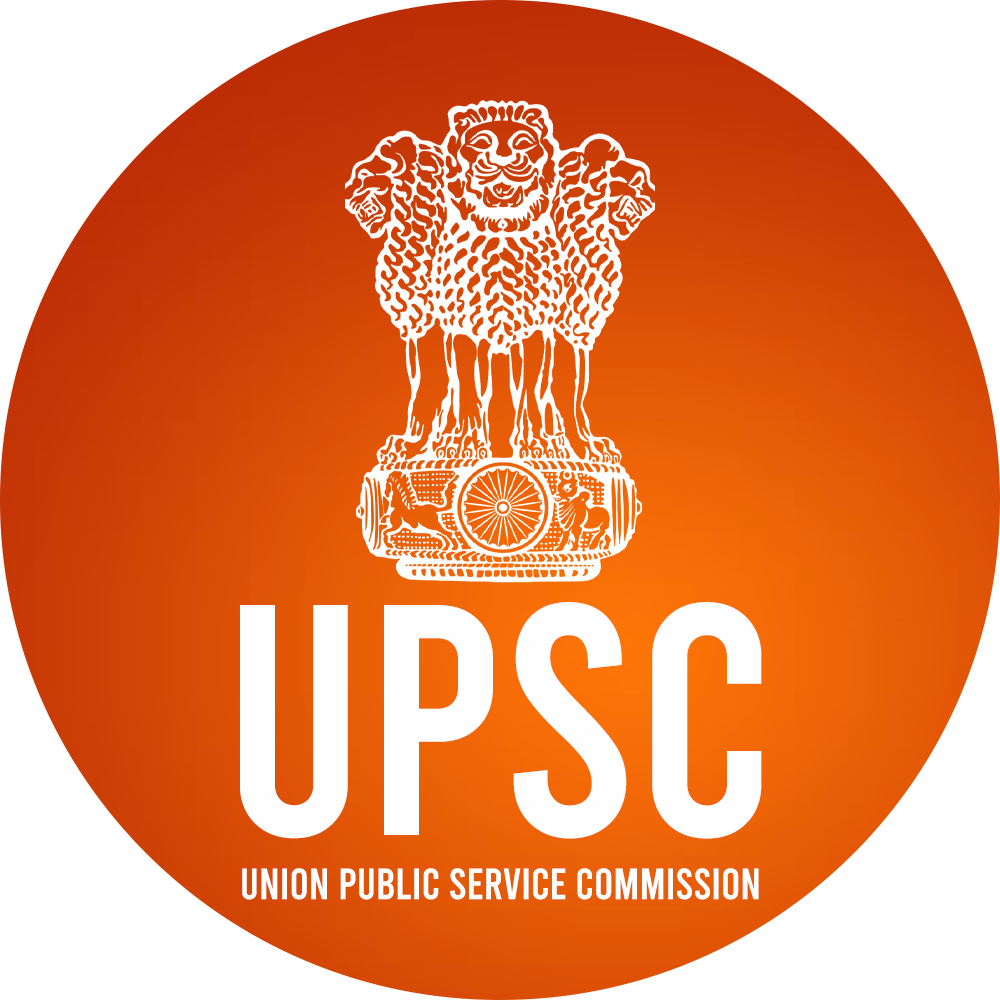- The Public distribution system (PDS) is an Indian food security system established under the Ministry of Consumer Affairs, Food, and Public Distribution.
- PDS evolved as a system of management of scarcity through distribution of food grains at affordable prices.
- The Public Distribution System (PDS) in India needs reform to improve efficiency and reduce wastage.
Key Issues with PDS
- High Leakages: 28% average leakages, with some states as high as 63%, causing massive wastage.
- Excessive Coverage: Currently covers 57% of the population, leading to inefficient resource allocation.
- Nutritional Gaps: Persistent malnutrition and declining spending on nutritious foods like pulses and vegetables.
- Economic Loss: Leakages contribute to high costs, with ₹2.7 lakh crore spent on food subsidies in FY 2023.
- Poverty and Hunger: Despite progress, 12.9% of Indians live on less than $2.15/day, needing more efficient targeting.
Suggested Reforms
- Target Poorest Only: Limit free food coverage to the bottom 15% (Antyodaya category).
- Introduce Cost Sharing: Charge those above the Antyodaya level at least half of MSP.
- Digital Tracking: Use PoS systems and smart cards for real-time monitoring and leak-proof distribution.
- Nutritional Focus: Include more nutritious items like pulses, millets, and fortified staples.
- Enhanced Accountability: Implement third-party monitoring and public-private partnerships for better oversight.






